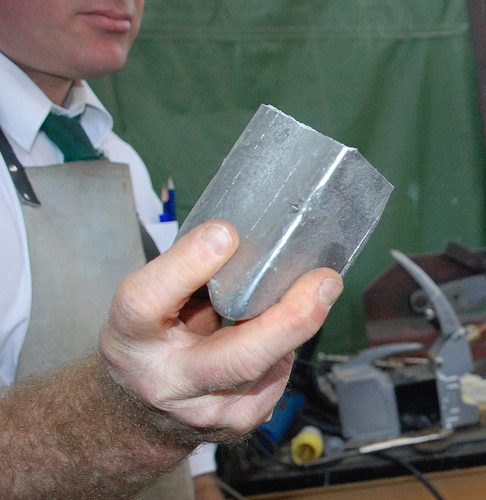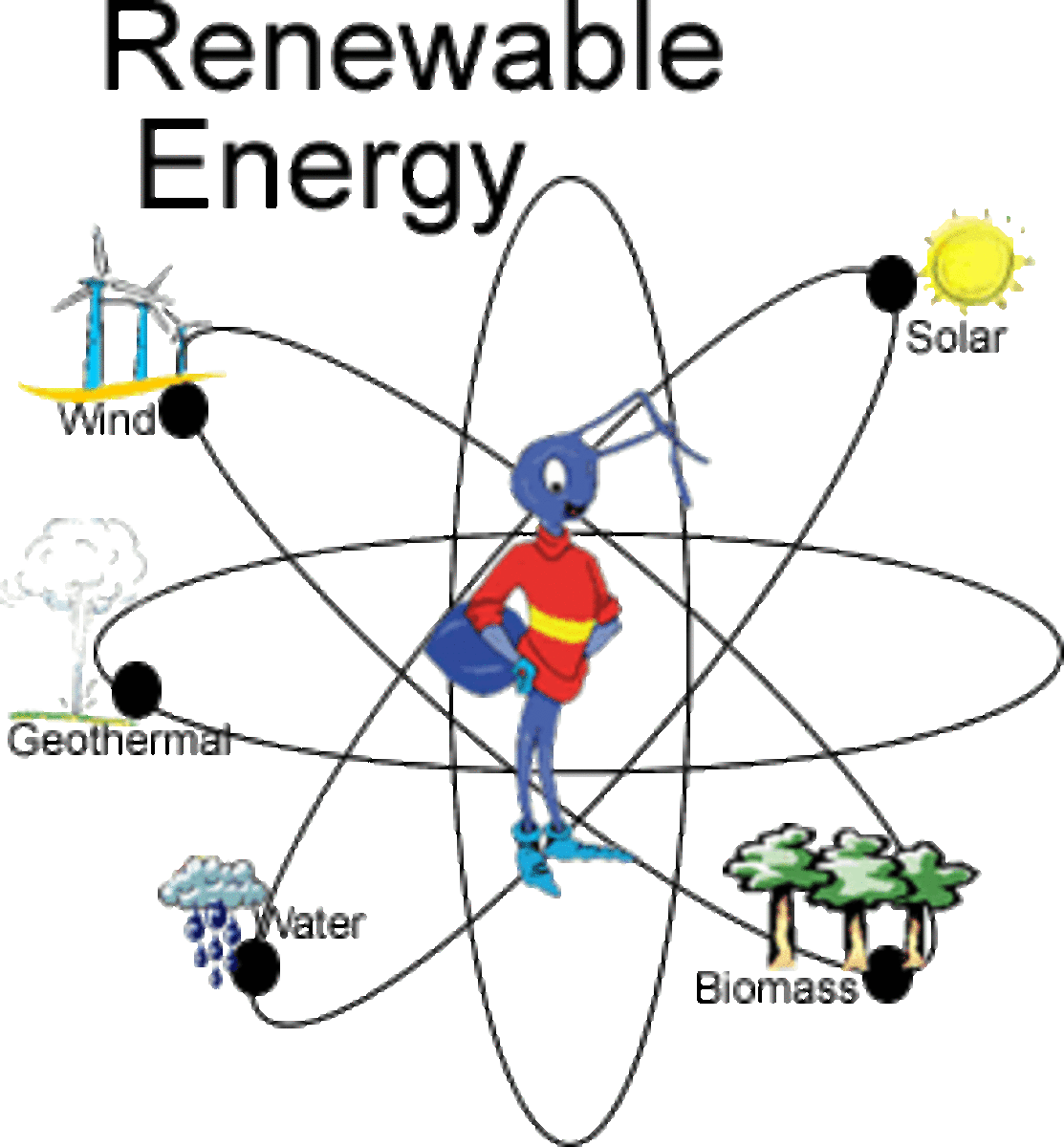An Experiment to Determine the Identity of an Unknown Metal

There are several methods to determine the identity of an unknown metal (or material for that matter), but in this method that we’ll discuss how to use the idea of specific heat capacity to our advantage -- known as the Method of Mixtures. Every material, including metals has a specific heat capacity. It’s like a fingerprint -- quite unique.
Specific Heat Capacity can be described by the amount of heat/thermal energy (in Joules) that is needed to raise the temperature of 1 kilogram of a substance by 1 Kelvin. It’s measured in Joules per kilogram per Kelvin (J/kg/K).
Let’s look at some examples of specific heat capacity values for substances, inclusive of some metals, that we may come across in everyday life.
This experiment is based on the law of conservation of energy that states that energy cannot be created nor destroyed but can only be transferred from one form to another.
The hypothesis in this experiment is that the thermal energy from the heated metal will be transferred to the water. Therefore the energy lost from the metal will be equal to the energy gained by the water. Of course, this is meant to be in an isolated system in which negligible energy is ‘lost’ to the atmosphere. We know that some amount of energy will be transferred to other mediums other than the water, especially since the apparatus/material used will be quite basic.
Things you need
- Unknown metal
- String
- Styrofoam cup /w cover having 2 small holes -- one for the stirrer and the other for the thermometer.
- Hot Plate
- Beaker
- Thermometer
- Stirrer
- Water
- Beam Balance (Triple or Digital)
How to do carry out the experiment
The Water
- Measure the mass of the (empty) Styrofoam cup.
- Pour water into the Styrofoam cup to about ¾'s of its capacity.
- Measure the mass of the Styrofoam cup + water.
- Calculate and record the mass of water (mw). (Hint: Mass of water = [mass of beaker + water] - mass of empty beaker.)
- Measure and record the temperature of water (tw).
The Unknown Metal
- Measure and record the mass of the metal (mm).
- Half fill the beaker with water and set it to boil on the hotplate.
- Tie a piece of string onto the unknown metal, and lower it into the boiling water.
- Allow the unknown metal to remain in the boiling water for about 5 minutes.
- Use the thermometer to measure the temperature of water just before taking out the unknown metal (tm).
The Water + The Unknown Metal
- Lift the unknown metal by the string and quickly place it into the water within the Styrofoam cup.
- Cover the Styrofoam cup with the lid, and use the stirrer to stir the water.
- As you stir, use the thermometer to measure the temperature once it stabilizes (tf).
Summary of data you need to collect
Mass of unknown metal (mm)
Mass of water (mw)
Temperature of unknown metal (tm)
Temperature of water (tw)
Final Temperature (Temperature of unknown metal + water) (tf)
Constants you need for calculations
Specific Heat Capacity of Water (cw): 1000 J/kg/K
Constant that you’re finding out
Specific Heat Capacity of Unknown Metal (cm): ___J/kg/K
What to do after you collect data?
Calculate the specific heat capacity of the unknown metal
Heat energy lost from metal=Heat energy gained by water
mcΔθ =mcΔθ
mmcm(tm-tf) = mwcw(tf-tm)
cm = mwcw(tf-tm) / mm(tm-tf)
Determine the identity of the unknown metal
Use the specific heat capacity value that you have calculated and match it against the standard values from a data table. Which value does it match closest against? ...and what is the associated metal?
Specific Heat Capacity Table for a few Common Metals
Metal
| Specific Heat Capacity (J/kg/K)
|
|---|---|
Aluminium
| 910
|
Copper
| 390
|
Gold
| 130
|
Iron
| 450
|
Lead
| 130
|
Silver
| 230
|
Silicon
| 710
|
Tin
| 210
|
Zinc
| 390
|
Some things to take note of
The experiment outlined is quite simple, but the real heart of it is how careful and quick you are. When you are transferring the metal to the water, you have to do this swiftly because with each passing moment the metal will be ‘losing’ thermal energy to the atmosphere. Also be quick to cover the Styrofoam cup.
When stirring, make sure not to hit the metal with the stirrer. As you can see, all these precautions are to limit the ‘loss’ of energy to everything else but the water. There are ways to do this experiment with greater accuracy such as using a __ instead of the Styrofoam cup, and conducting the experiment in a a controlled environment.
Not only can you find the identity of an unknown metal by utilizing the specific heat capacity method but with any pure solid (made of one material).






